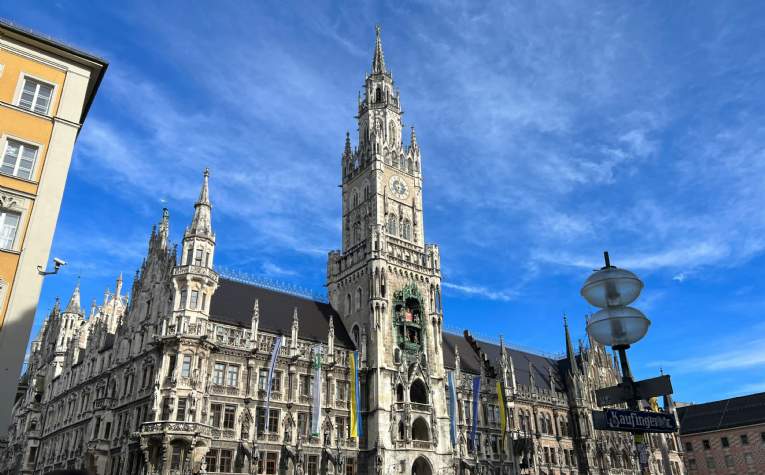The data centre market in Europe, which for the last two years accounted for approximately €700 million in transactions per annum (according to RCA data), will grow at a compound annual growth rate (CAGR) of over 10 per cent between 2019 and 2023, according to Technavio. 84 per cent of that growth is expected to take place in Western Europe.
At present, most investment activity is concentrated in the UK, although it’s increasingly spreading to Germany, France and the Netherlands with some portfolio transactions taking place in Spain and Italy.
This acceleration is being driven by the growing popularity of cloud-based infrastructures, artificial intelligence, big data and the internet of things (IoT). With 5G to be rolled out across the UK and the continent, demand for data centre capacity will grow even more rapidly.
Although cloud data centres can be located anywhere, they’re generally built in countries where energy can be produced on a significant (and green) scale, where energy costs are low and where connectivity is good, and not necessarily close to urban centres. This is why many large IT companies choose the Nordic countries.
However, location has increasingly become more important because of the implementation of the General Data Protection Regulation Act (GDPR) in May 2018 and because of the increasing need for edge data centres (EDCs).
EDCs are usually built closer to the local areas they serve to reduce latency. While EDCs are small-to-mid-size, they rarely stand alone. Most are part of complex deployments involving a central data centre and multiple edge data centres.
Since one of the key aims of GDPR is data protection, numerous companies, notably financial services, are moving their data facilities into EU-located cloud systems. More generally, there’s been an increase in ‘national’ data centres to ensure data doesn’t cross country borders.
The data centre sector attracts large amounts of cross border capital, predominantly originating from North America. This is due to the fact that data centre investment is a mature market there and its investors are more knowledgeable about the industry and its specifications.
Investment activity in Europe remains mainly boosted by M&As, such as AXA buying the Data4 portfolio from Colony capital in 2018, with assets in Paris, Milan and Luxembourg. In January this year Canadian Brookfield Infrastructure Partners acquired the AT&T portfolio which consists of 31 data centres, five of which are located in Europe, for $1.1 billion.
This was the first acquisition on the European continent closed by an infrastructure fund which, as an investor group, has sealed a number of data centre deals in other regions over the last 12 months and might therefore soon look at Europe more closely.
Due to the growth of data centre demand in continental Europe, more and different investor types from other regions may also become enticed by the sector. Yields are attractive compared to other asset types, reflecting the liquidity premium, with prime yields ranging between 5 and 7 per cent across Europe.
Further information
Read more: Nordics dominate date centre investment

.jpg)





.jpg)


